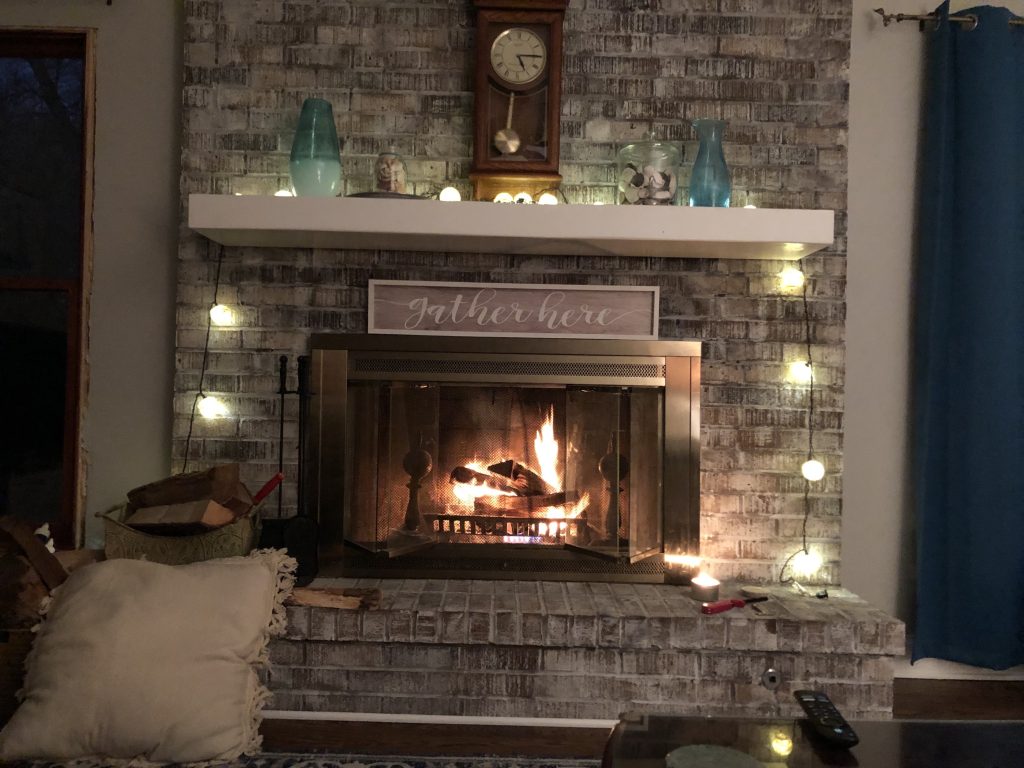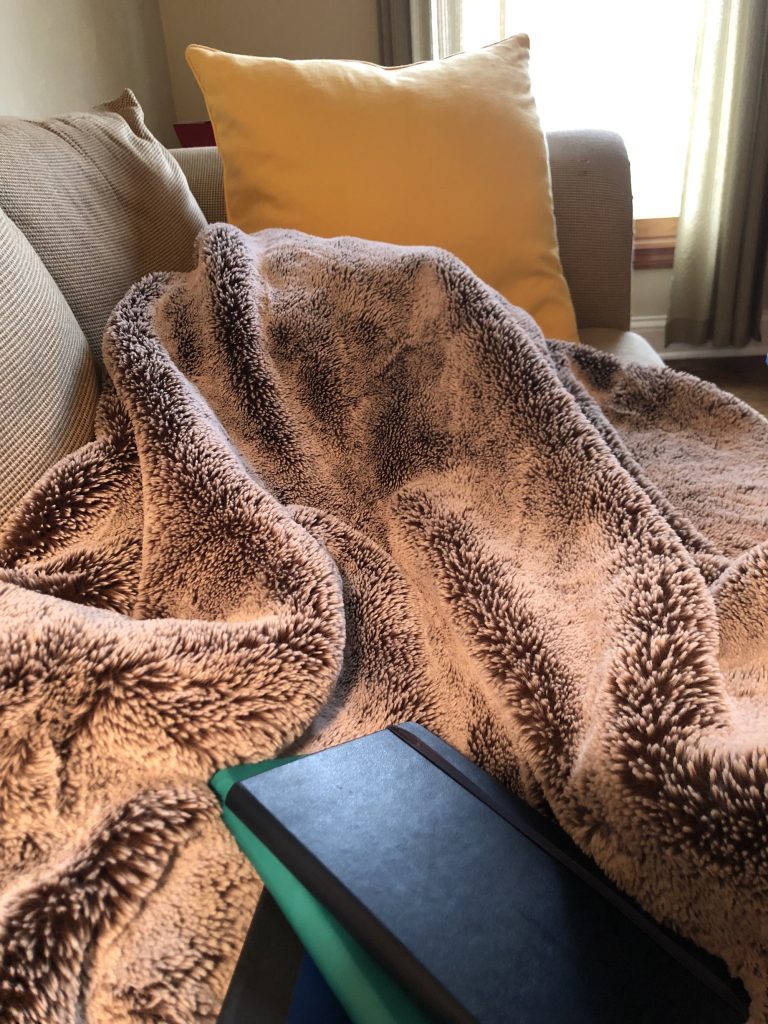Daylight saving time ended this weekend, and I’m pretty sure we all have feelings about it.
In years past, I’ve mourned the loss of lingering evening light. Darkness literally falls, collapsing quick and early. If you’re one impacted by seasonal affective disorder, the shortening days, and the shifting of the clocks, can make things fraught.

This year, I’m trying something different:
- To accept the things I cannot change, as the prayer goes.
- To embrace the invitation issued by the turn of the planet.
- To slow down, to get cozy, to practice what the Danes call hygge (pronounced hoo-ga).
According to The Little Book of Hygge, which I read in front of the fireplace yesterday afternoon, hygge means “a sense of comfort, togetherness, and well-being. ‘Hygge is about an atmosphere and an experience…It is about being with the people we love. A feeling of home. A feeling that we are safe.’”
Wikipedia notes that hygge comes from a Danish word meaning “to give courage, comfort, joy”. It’s also related etymologically to the word hug.

And by the way, a fireplace, especially my wood-burning one, ups the hygge factor significantly. I wore fuzzy socks and snuggled into the pillows on the couch.
Doesn’t that sound lovely?
I can’t help but notice that hygge feels like it belongs on the same Pinterest page as practices of Sabbath and hospitality—two themes in my life, especially this year.
Hospitality is not about entertaining, much as our culture tries to equate the two. It is more about welcoming. About gathering people not to impress them but to offer them a place to feel welcomed, included, comforted.
Hygge’s accoutrements include woolen socks, blankets and hot drinks—coffee, tea or mulled wine. But at the heart of it something more—a sense of community. While you can hygge by yourself, the practice is meant to be shared. Hygge, I am learning, is about gathering a small group of friends, not to entertain but to connect in an informal way. In other words, to practice hospitality. Like Sabbath, it is a restful reprieve, often focused on the table.
As the days shorten, I want to welcome the chance to rest. The sunrise shifts, making my early morning runs more palatable. I will revel in the precious moments of daylight—getting outside even when it’s cold boosts my mood and my immune system.
So I’m also resolved to slow down, to read by the fire, to make comfort food and share it with friends.
As I write this, the sunset paints pale pastels behind bare branches, at 4:45 p.m. The house is redolent with the scents of a pot roast lounging in the crock pot with mushrooms and red wine.
For all this coziness, we cannot hibernate completely. And I don’t think that is the point of hygge, or Sabbath. Yes, we still have our work—we can’t rest all the time. In fact, what makes rest sweet? The very striving and hustling that we rest from. My goal this winter is to work hard, but also to embrace a hygge rhythm, a Sabbath rhythm. To make each day a cycle of work and rest, of light and dark, of fellowship and solitary contemplation.
Maybe what I’m after is the gift of a changed perspective, an acceptance of what is. Permission to rest and get cozy instead of complaining. To light candles and cuddle up on the couch, but also to put down my phone and spend time reading, writing or simply thinking.

My couch getting its hygge on. Fuzzy blanket, journal, pillows. Check, check, check.
As the trees surrender their leaves to November winds, and the days grow darker, you may be tempted to isolate. But what if the shift of seasons could be an invitation to connect—not to impress, but to light a candle or two in the darkness and banish loneliness by embracing hygge?
I’d love to hear your thoughts on hygge: your own practice, book recommendations, or questions.

As I read your words I am reminded of the blessings of every season. Hygge sounds like a
beautiful practice I will embrace. Thank you for your inspiring post!